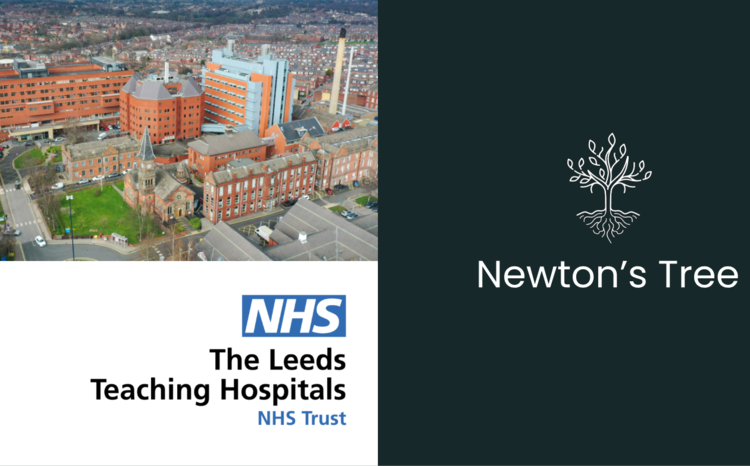Hexarad radiology software cuts diagnostic wait times at North West Anglia
- 26 February 2024

Radiology technology company Hexarad is reducing diagnostic waiting times for acute and emergency care patients at North West Anglia NHS Foundation Trust (NWAFT) with its unique radiology tech platform.
A joint pilot project showed that the overall time saved from using Hexarad’s technology platform is equivalent to one extra clinician per shift in a ten-doctor department. To achieve this same outcome, a hospital would need to spend £365,000 per annum on locum agency fees.
A recent update, specifically the introduction of Hexarad’s new Edge integration software, has enabled further improvements to turn around times in acute care. Using the Edge technology, NWAFT is now able to receive imaging reports around 20 minutes faster than before, and the total time saving is up to 80 minutes per patient.
Days, hours, and minutes matter hugely when it comes to diagnosis, particularly in acute and emergency care, and delays are known to lead to poorer outcomes.
For example, a person will lose two million nerve cells for every minute they don’t receive medical treatment during a stroke, and for every 10-minute delay, a patient can lose eight weeks of healthy life. A CQC review of radiology services in England found that the time it takes for a scan to be reported in A&E ranges from an hour to as long as 48 hours.
Studies have shown that bottlenecks in imaging leading to delays in diagnosis result in unnecessary patient deaths, and the NHS has been repeatedly warned of these dangers in recent years.
Radiologists reporting for NWAFT are now typically receiving urgent care images within 25 minutes, compared to around 45 minutes using the previous legacy system. Head CT scans, often used to diagnose serious head injuries, can now be sent to reporting radiologists in less than 5 minutes. The total reported time savings are up to 80 minutes per patient.
Dr Jaymin Patel, Hexarad COO and consultant radiologist, said: “Ultimately, the time it takes for images to transfer is time when clinicians and patients are waiting for reports, and reducing that time can cut delays.
“By focusing on reducing image transfer times we have been able to make some significant additional time savings, and patients at NWAFT are now receiving their urgent care around 15 minutes faster than they were before.
“Hours, minutes, and seconds matter hugely when it comes to diagnosis, particularly in urgent care, so we think it’s important to focus on areas that might otherwise be overlooked to find ways to get patients their diagnosis more quickly.”
In December, we reported that the pathology services across NWAFT have been fully integrated thanks to the deployment of a new digital pathology system.




